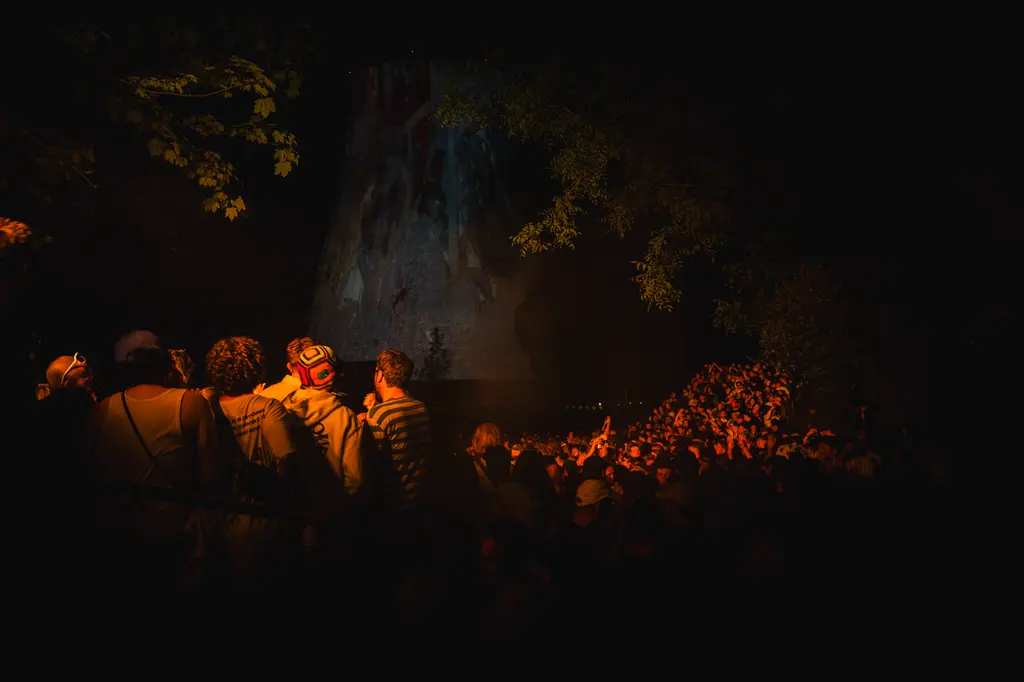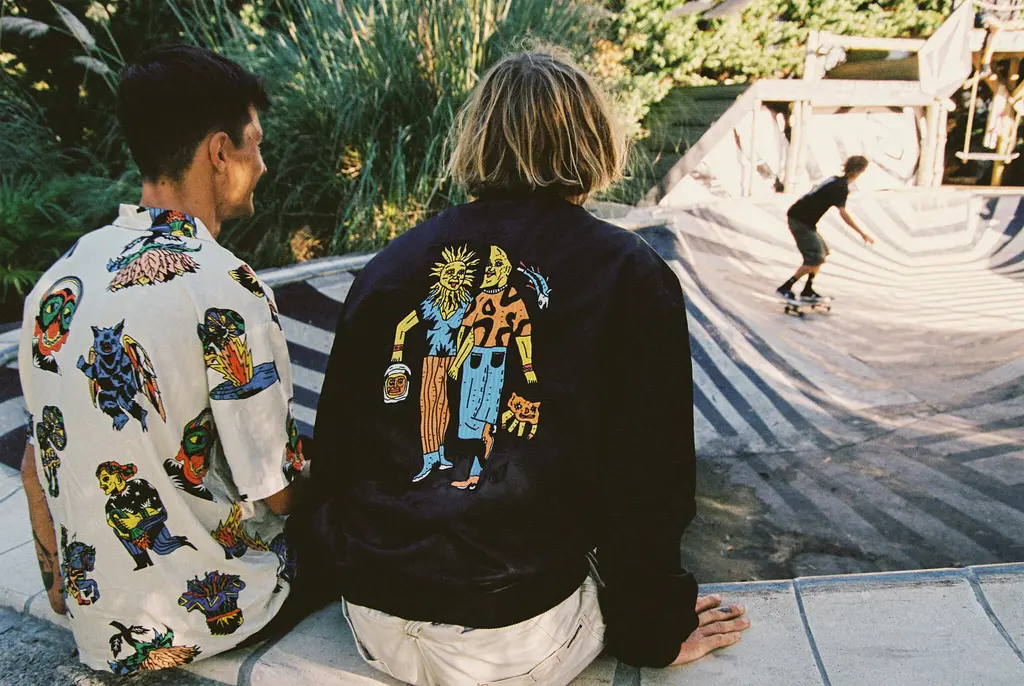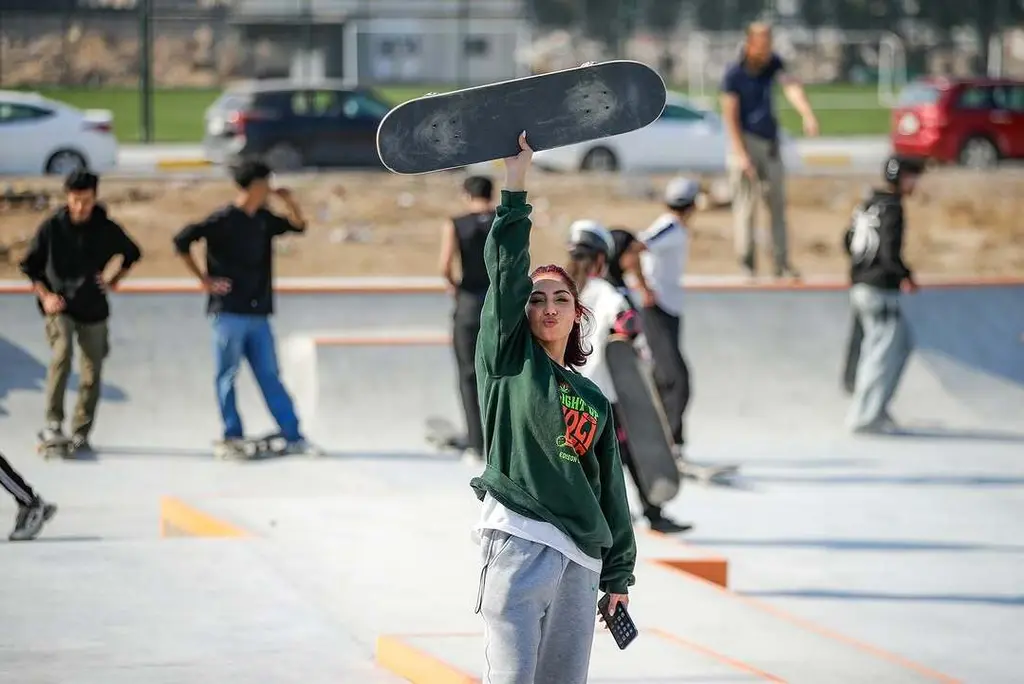Could skate coaching help redress the gender balance in the culture's ranks?
- Text by Shelley Jones
- Photography by Adrian Morris

UK shredder, coach and all-round skate advocate Lucy Adams gets just as much satisfaction from you landing your tricks as she does from hers. Well, almost.
The bundle of kick-push energy – who last year won the Vans UKSA skate championships, The Ledge UK Miniramp Champs, The Unicorn Girls Skate Jam and more – is just passionate about creating environments where all kinds of people can experiment and have fun with their own way of skateboarding.
“Improvisation is one of the fundamental aspects of skateboarding,” says Lucy, who currently coaches a weekly, female-only skateboard session in Brighton (called Brighton She Shredders) as well as other group sessions and private classes. “It’s creative and spontaneous in its raw form and you get to see this a lot when in coaching sessions. Participants are learning to take in quite a lot of info and they may have a few skills but not necessarily be able to link them together. Once they start to progress you can see them go down a ramp and start to improvise when they reach the other side by adding something else they’ve learned to their line. The formation of lines is wicked to see!”
Lucy started coaching in 2002 after getting involved in some Powerpuff Girls Skate Workshops at the Sprite Urban Games. She has lesson plans that she refers to but generally each session is unique, encouraging the newbies to go with their instincts. “I try to arm them with all the knowledge about a specific trick and how it should feel and look and then they have more confidence,” she says. “Then I encourage the rider to go for it but offer them some advice on how and when to bail safely.”
But is coaching at odds with something that’s usually profoundly intuitive and self-taught? “The type of teaching I’m doing with novice skaters is much more about giving tips and advice to help them learn the basics quicker,” says Lucy, now thirty. “Those imperfections and the development of a unique style still happens as it takes a lot of time to learn to really skate! Giving someone a hint on where to put their foot in order to master a certain move is what happens all the time during skating anyway. The environment in which we do it just tends to build people’s confidence, especially with a lot of females. It provides a good learning atmosphere and skaters buzz off each other’s stoke.”
So what keeps the supportive coach motivated to keep helping others get their lines? “When people get really stoked on the tricks they learn and when I hear those words, ‘I never thought I could do that!’” she says. “It’s good to see people overcoming their fears. Also, shredding the gnar! Pushing myself and making myself ache all over after a long session. Also, just the skatepark vibes and the good people.”
You might like

“Moment of escape”: Maen Hammad’s defiant West Bank skate photos
Landing — Choosing to return to Palestine after growing up in the USA, the photographer found himself drawn to Ramallah’s burgeoning skate scene. His debut monograph explores the city’s rebellious youth, who pull tricks in the face of occupation.
Written by: Miss Rosen

The Ukrainian skatepark sanctuary on the frontlines of war
Krytka — In Okhtyrka, just 50km from the border with Russia, a crew of young skaters, musicians and friends gutted out an abandoned factory, filling it with ramps and music equipment to create a shelter of community and resilience.
Written by: Isaac Muk

At Belgium’s Horst, electronic music, skate and community collide
More than a festival — With art exhibitions, youth projects and a brand new skatepark, the Vilvoorde-Brussels weekender is demonstrating how music events can have an impact all year round.
Written by: Isaac Muk

Volcom teams up with Bob Mollema for the latest in its Featured Artist Series
True to This — The boardsports lifestyle brand will host an art show in Biarritz to celebrate the Dutch illustrators’ second capsule collection.
Written by: Huck

In Baghdad, skater girls are reshaping Iraqi womanhood
Baghdad is rad — As the city’s first skatepark opens, the new space is providing a blank canvas for its board culture. Dalia Dawood speaks to the people looking to make its ramps and rails a safe haven for women and girls.
Written by: Dalia Dawood

In England’s rural north, skateboarding is femme
Zine scene — A new project from visual artist Juliet Klottrup, ‘Skate Like a Lass’, spotlights the FLINTA+ collectives who are redefining what it means to be a skater.
Written by: Zahra Onsori

